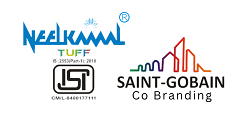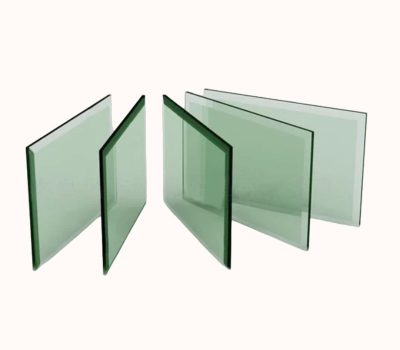Clear glass is made by melting silica (sand) and other minerals at high temperatures, forming a liquid that is then allowed to cool and solidify. The resulting material is a hard, brittle substance that can be shaped and cut into various sizes and shapes.
One of the benefits of clear glass is its transparency, which allows for natural light to enter a space and creates a bright and open atmosphere. It is often used in architecture and interior design to create a sense of openness and connection to the outside world.
One of the key advantages of clear glass is its ability to transmit light, making it ideal for use in areas where natural light is desirable, such as in homes and office buildings. However, because it is transparent, clear glass may not be suitable in certain situations where privacy is desired, such as in bathroom or shower enclosures.
Overall, clear glass is a versatile and widely-used material that offers many benefits, including transparency, versatility, and the ability to transmit light. Its fragility can be a disadvantage in some situations, but tempered or laminated clear glass can offer improved durability and strength. Whether used in architectural, decorative, or scientific applications, clear glass remains a popular and important material choice.


